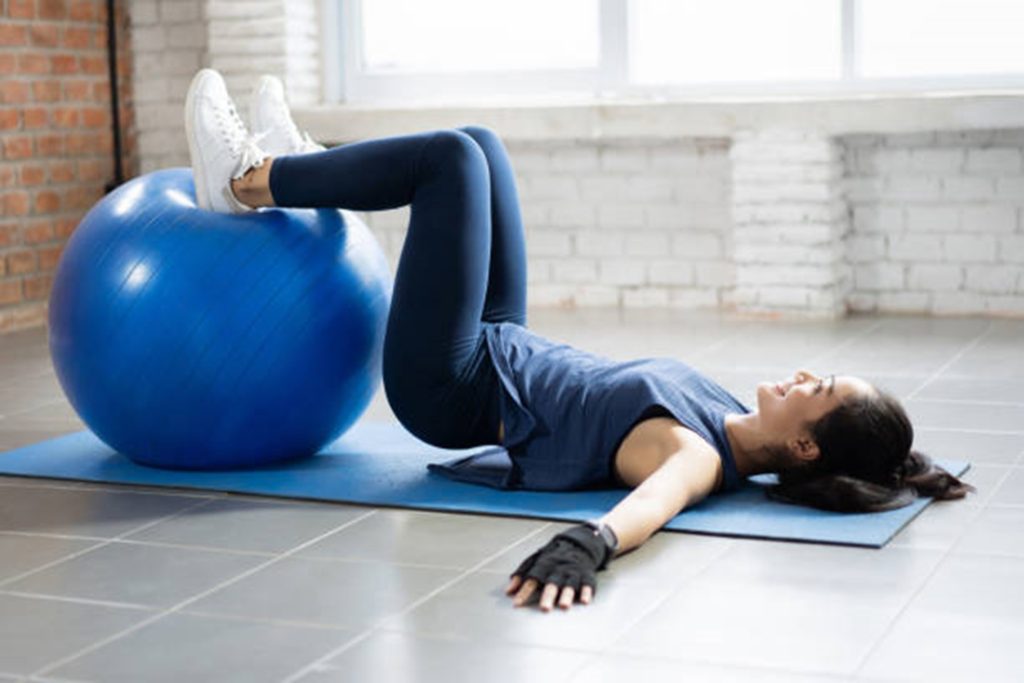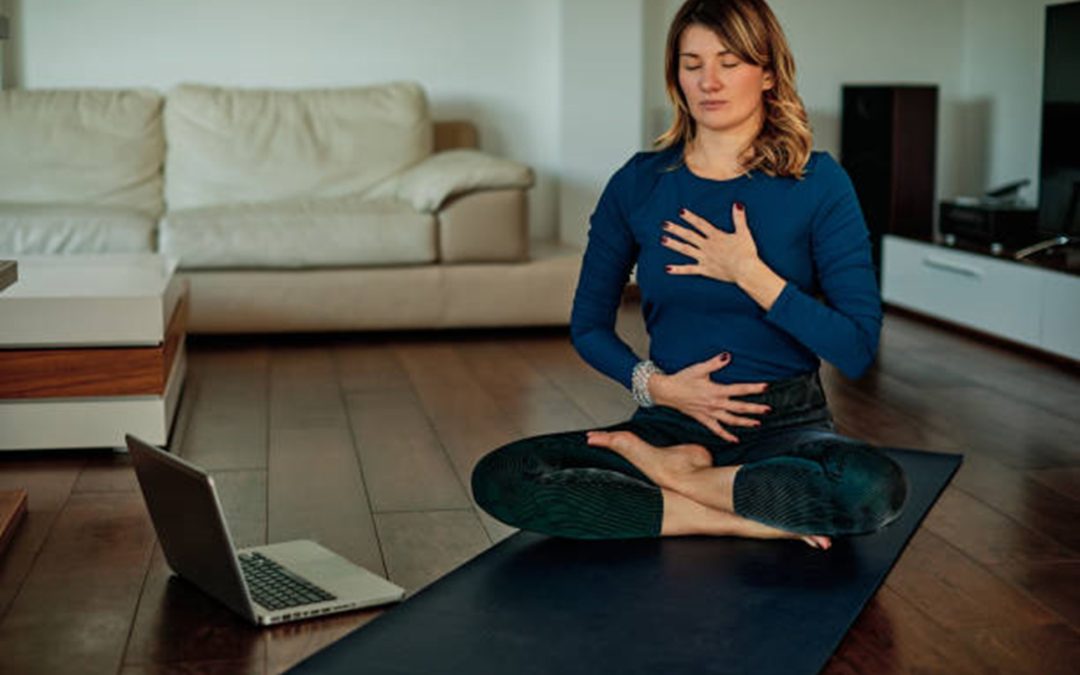Many times, it is difficult to even understand where exactly does the pelvic floor muscles live in our body, and how to promote safe pelvic floor exercises. This, in turn, leads to a severe lack of understanding on how to properly and safely exercise it, or strengthen it.
Let’s try to first understand what our pelvic floor consists of and why is it so important.
The pelvic floor refers to a group of muscles, ligaments, and connective tissues located at the base of the pelvis. It forms a supportive sling-like structure that spans the area between the pubic bone at the front of the pelvis and the coccyx (tailbone) at the back.
The pelvic floor muscles have several important functions, including:
- Support: They provide support for the pelvic organs, including the bladder, uterus (in females), and rectum. By maintaining proper tone and strength, the pelvic floor helps prevent organ prolapse, which is the descent or displacement of these organs.
- Continence: The pelvic floor muscles play a crucial role in controlling the opening and closing of the urethra, anus, and vaginal orifice (in females). They help maintain urinary and bowel continence by contracting to prevent unwanted leakage and relaxing to allow elimination.
- Sexual function: The pelvic floor muscles contribute to sexual function by providing support and stability during sexual activity. They also play a role in sexual sensation and orgasm.
- Core stability: The pelvic floor is an integral part of the core musculature, along with the abdominal, back, and hip muscles. It works in conjunction with these muscles to provide stability and maintain proper posture.
- Blood flow: The pelvic floor muscles help promote healthy blood circulation in the pelvic region, including the genitals. Proper blood flow is essential for overall pelvic health.
When the pelvic floor muscles become weakened or dysfunctional, it can lead to various conditions such as urinary incontinence, fecal incontinence, pelvic organ prolapse, and sexual dysfunction. Exercises, such as Kegel exercises, can help strengthen the pelvic floor and improve its function.

The pelvic floor is a crucial part of the body’s core musculature, playing a vital role in supporting pelvic organs, maintaining continence, promoting sexual function, and providing stability. However, many individuals, especially women post-partum and men post prostate surgery, experience issues with pelvic floor health, such as urinary incontinence, pelvic organ prolapse, and sexual dysfunction. The post-partum statistics of stress incontinence are as 24% – 65% while stress incontinence happens in 70% males post prostatectomy.
Fortunately, exercise can be an effective strategy to strengthen and maintain a healthy pelvic floor. In this blog, we will explore the best exercise strategies for pelvic floor health, including targeted exercises, lifestyle modifications, and tips for incorporating them into your routine.
Kegel Exercises: The Foundation

Kegel exercises, named after Dr. Arnold Kegel, are the cornerstone of pelvic floor exercises. These exercises target the pelvic floor muscles and help improve their strength and endurance. In order to access the pelvic floor muscles one of the easier strategies is to contract the muscles as if trying to stop the flow of urine or prevent passing gas. This is however used to self-test the pelvic floor muscles. DO NOT USE this strategy to strengthen the pelvic floor as it may lead to bladder dysfunctions.
Once you are able to locate the pelvic floor muscles, try to Hold the contraction for a few seconds, then release and repeat. Gradually increase the duration and intensity of the contractions over time. Kegels can be performed discreetly anywhere, anytime, making them a convenient exercise strategy. One important thing to note is that KEGELS are not always the best choice of exercise and can sometimes make your clinical condition worse. Please consult your pelvic floor PT before you start KEGELS.
Whole-Body Exercises for Pelvic Floor Engagement

While Kegels are important, incorporating whole-body exercises that engage the core can provide additional benefits for pelvic floor health. Exercises like squats, lunges, planks, and bridges engage the core muscles, including the pelvic floor. By focusing on proper alignment and engaging the pelvic floor during these exercises, you can strengthen the entire core musculature and promote pelvic floor health. We at Armonk PT always take a look at the entire case and emphasize whole body approach. When prescribed accurately, core and back stability exercises can be very effective in correcting the pelvic floor dysfunctions.
Yoga and Pilates for Pelvic Floor Wellness

Yoga and Pilates are exercise modalities that emphasize body awareness, flexibility, and core strength. Both disciplines offer a variety of poses and movements that can help strengthen and release tension in the pelvic floor. Specific poses like Bridge Pose, Cat-Cow, and Child’s Pose can target the pelvic floor and promote its flexibility and strength. Pilates exercises that focus on core engagement, such as the Hundred, Pelvic Curl, and Leg Circles, can also benefit pelvic floor health. We often incorporate modified Yoga and Pilates exercises to bolster your pelvic floor exercise routine. When prescribed accurately these exercise strategies can work wonders for your pelvic health.
Breathing and Relaxation Techniques

Incorporating breathing and relaxation techniques can enhance the effectiveness of pelvic floor exercises.
Deep diaphragmatic breathing promotes relaxation, reduces tension, and helps coordinate the contraction and release of the pelvic floor muscles. Practice inhaling deeply through the nose, allowing the belly to expand, and exhaling fully through the mouth, letting the belly relax. Mindfulness and meditation techniques can also aid in reducing stress, which can impact pelvic floor function.
Another technique that is very effective for hypertonic pelvic floor is called BOX breathing. BOX breathing is very effective in increasing the parasympathetic activity which calms down the Flight or Fight response in the body.
Box breathing, also known as square breathing or four-square breathing, is a deep breathing technique that involves inhaling, holding the breath, exhaling, and holding the breath again in a structured pattern. It is called “box breathing” because the pattern resembles the shape of a square. This technique is often used to promote relaxation, reduce stress, and enhance focus. Here’s how to practice box breathing:
- Find a comfortable seated position or lie down.
- Take a slow, deep breath in through your nose for a count of four. Fill your lungs completely.
- Hold your breath for a count of four.
- Exhale slowly and completely through your mouth for a count of four.
- Hold your breath again for a count of four before starting the cycle again.
Continue this pattern for several minutes, allowing yourself to relax and focus on the breath. Some people find it helpful to visualize tracing the shape of a square or imagining each breath as a corner of the square.
Lifestyle Modifications for Pelvic Floor Health
In addition to exercises, certain lifestyle modifications can contribute to pelvic floor health. Maintaining a healthy weight, avoiding constipation, staying hydrated, and adopting proper body mechanics during daily activities can help prevent unnecessary strain on the pelvic floor. Additionally, addressing chronic coughing, managing high-impact exercises, and avoiding activities that involve heavy lifting can contribute to overall pelvic floor wellness.
The pelvic floor is a vital component of our body’s core, and its health should not be overlooked. Incorporating exercise strategies that target the pelvic floor, engage the core, and promote relaxation can improve pelvic floor strength, stability, and function. By adopting exercises like Kegels, breathing strategies, whole-body movements, yoga, Pilates, and incorporating lifestyle modifications, individuals can enhance their pelvic floor health and prevent or manage issues such as urinary incontinence, pelvic organ prolapse, and sexual dysfunction.
Remember, it’s never too late to start prioritizing pelvic floor health—strengthen the foundation within and experience the benefits in your daily life. Best way to get started is accurate pelvic floor exercise prescription. We invite you to discuss your individual case with our pelvic floor therapist by scheduling a 15 min free phone consult!


Recent Comments